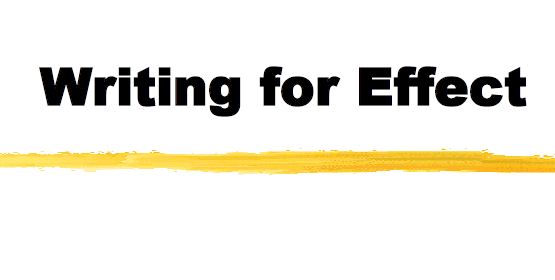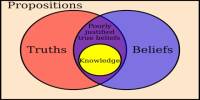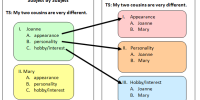Writing for Effect
Importance of Effect
• The first concern is to maintain clarity in writing – especially for internal communication.
• The written communication involving the external people should focus both on clarity and goodwill effect.
• Goodwill effect contributes to the development of the favorable image of the company.
Conversational Style
Using conversational style helps provide goodwill effect.
Stiff and Dull
- Enclosed herewith is the brochure about which you make enquiry.
- I shall be most pleased to avail myself of your kind suggestion when and if prices decline.
Conversational
- Enclosed is the brochure you asked about.
- I will gladly follow your suggestion if the price falls.
Cutting Out “Rubber Stamps”
Rubber stamps are expressions used every time a certain type of situation occurs.
Common Examples:
- Last but not least
- Leave no stone unturned
- As good as gold relics
Other Examples:
- This is to inform you that…
- In accordance with your instructions…
You-Viewpoint
“You-Viewpoint” is a technique for creating goodwill message that focuses on the reader’s interests and concerns.
You-Viewpoint can be applied in case of:
- Presenting good news
- Approving a request of some party (i.e. customer)
- Developing advertising messages
- Presenting bad news
Examples: You-Viewpoint
We-Viewpoint
- We sell this cutlery set for the low price of Taka 250 each and suggest a retail price of Taka 310.
- We have received your report of May 1.
You-Viewpoint
- You can reap a Taka 60 profit on each cutlery set you sell at Taka 310.
- Thank you for your report of May 1.
Effects of Words
- Positive words are appropriate for achieving message goals.
- Positive words create goodwill atmosphere that a sender usually seeks.
- Negative words create reader’s resistance as these go against reader’s intention and/or will.
- Strongly negative words such as mistake, problem, refuse; etc create unpleasant effects.
Examples: Word Choice
Negative
- We regret to inform you that we must deny your request for credit
- Smoking is not permitted anywhere except in the lobby
Positive
- For the time being, we can serve you on a cash basis only
- Smoking is permitted in the lobby only.
Courtesy
“Courtesy” is a technique that is used to build and maintain goodwill. In this case, a sender treats people with respect and friendly human concern.
The techniques can be applied:
- Focusing or customizing your message for specific reader.
- Refraining from preaching (i.e. you must, you should)
- Doing more than is expected
Courtesy (Continued)
- Avoiding anger.
Examples:
- I can not understand your negligence.
- We will not tolerate this condition.
- We have no intention of permitting this condition to continue.
- Being Sincere.
Risks involved:
- Over-doing goodwill techniques
- Exaggerating the positives.
Courtesy (Continued)
- Avoid preaching.
Examples:
- You must take advantage of savings like this if you are to be successful.
- You should use this product according to the guidelines as in indicated in the manual.
Courtesy (Continued)
- Doing more than expected.
- Providing explanation to a request which has been denied.
- Providing a answer that justifies a decision whether it be positive, or negative.
- Offering possible alternative course of actions.
- Providing suggestions about using the product.
- Congratulating, or wishing good luck.
Role of Emphasis
Four techniques of emphasis:
- Emphasis by Position – The starting and ending part of a writing unit carry more emphasis than the center.
- Space and Emphasis – The more is said about something, the more emphasis is given to it.
- Sentence structure and Emphasis – Place more important information in a short, simple sentence.
- Mechanical means and Emphasis – Using quotation marks, italics, bold typeface; etc.
Coherence
The relationships among the parts of the message, paragraph, and sentence must be maintained that build a logical and consistent structure.
- Arranging information in a logical order by putting related issues together.
- Using key words.
- Using pronouns to refer back to earlier facts.
- Using transitional expressions (i.e. in contrast).
















